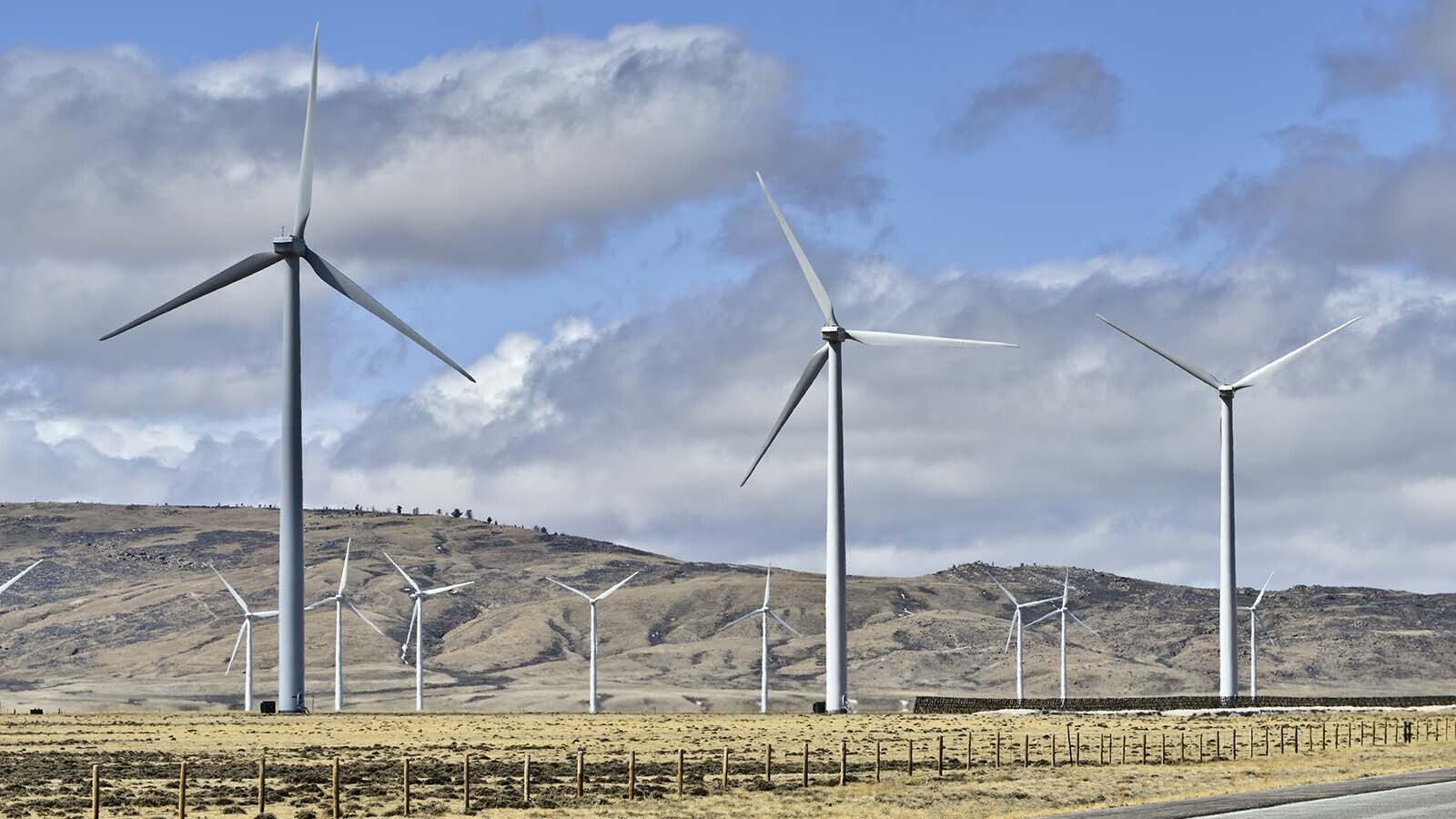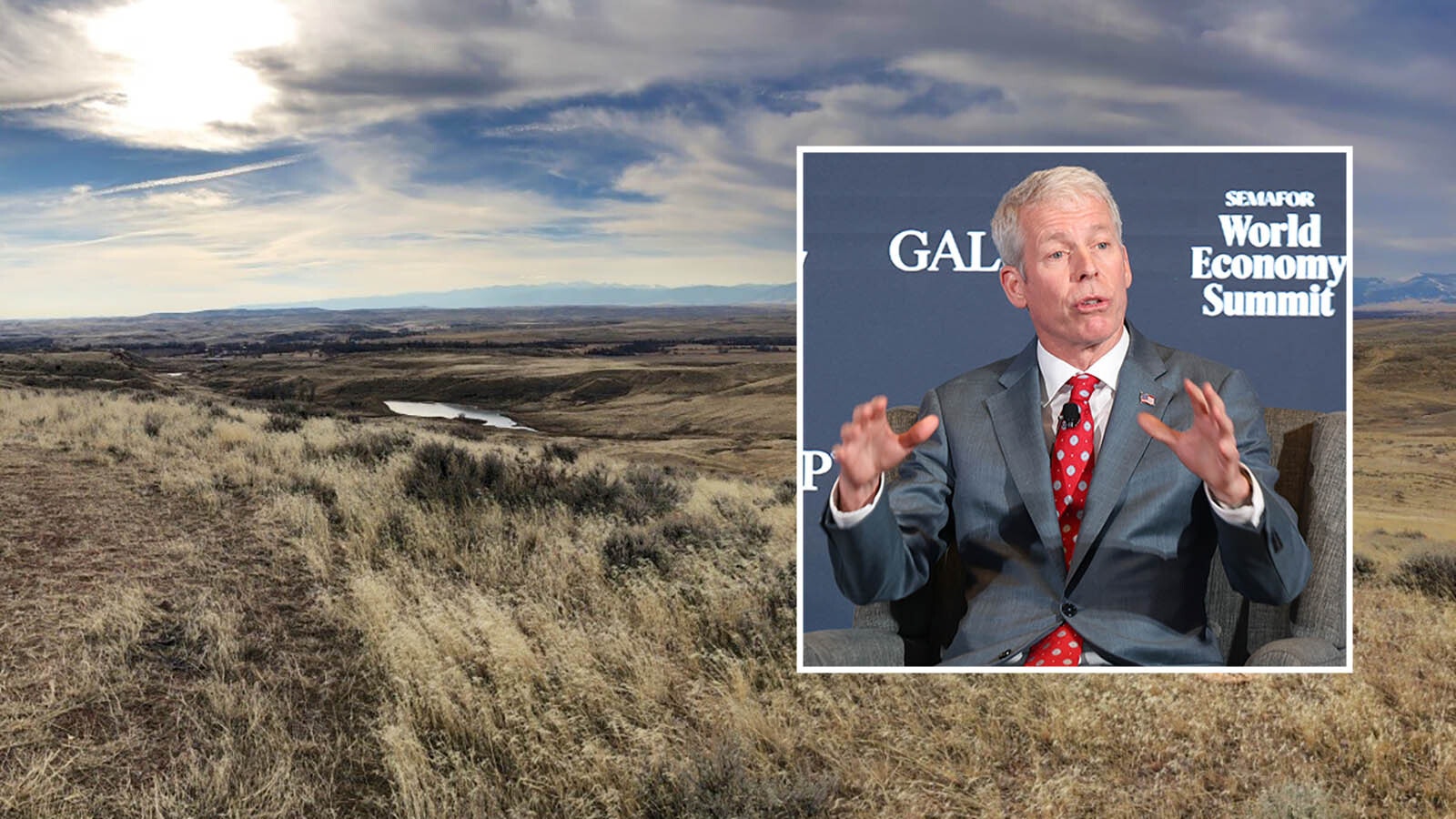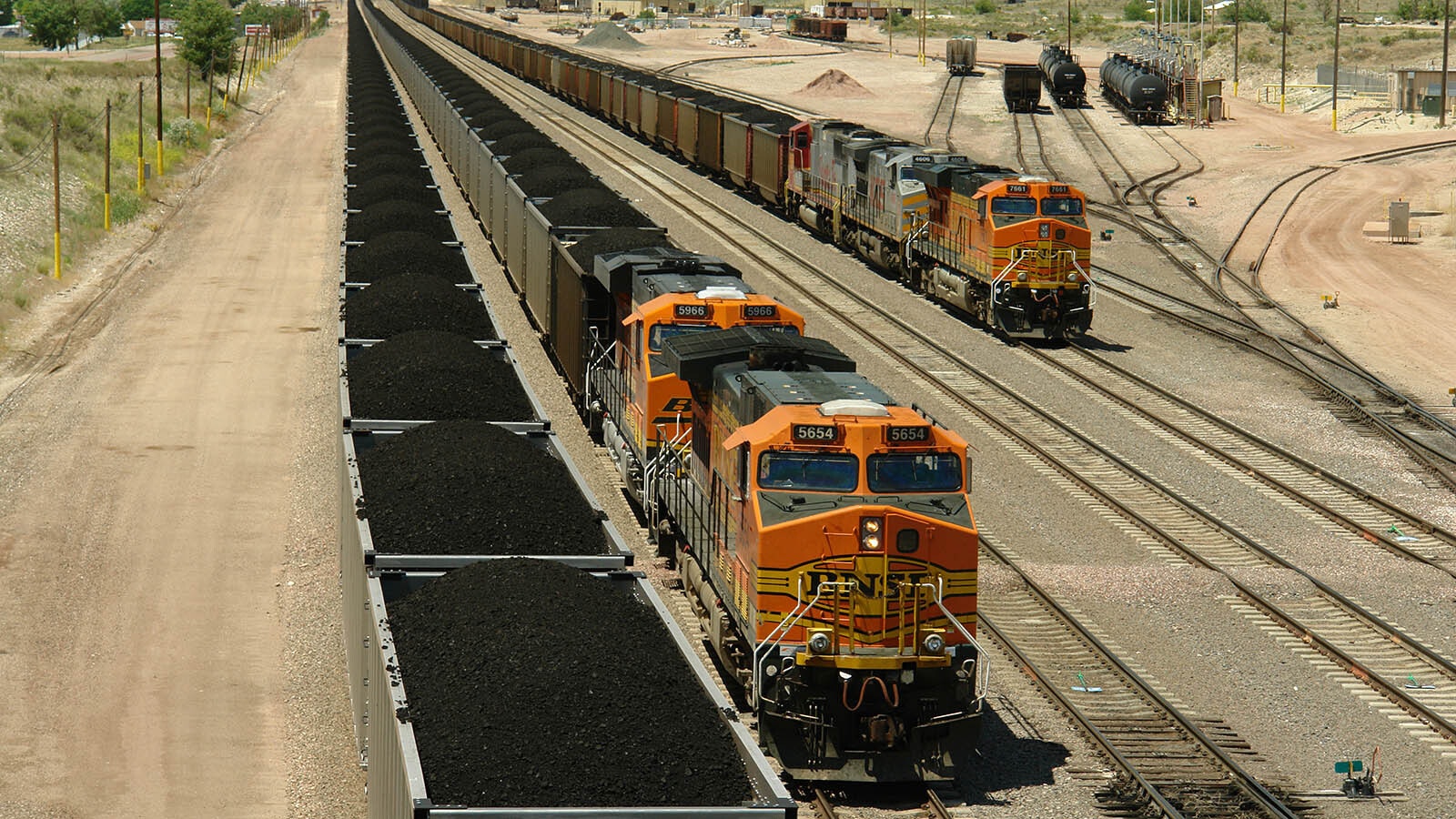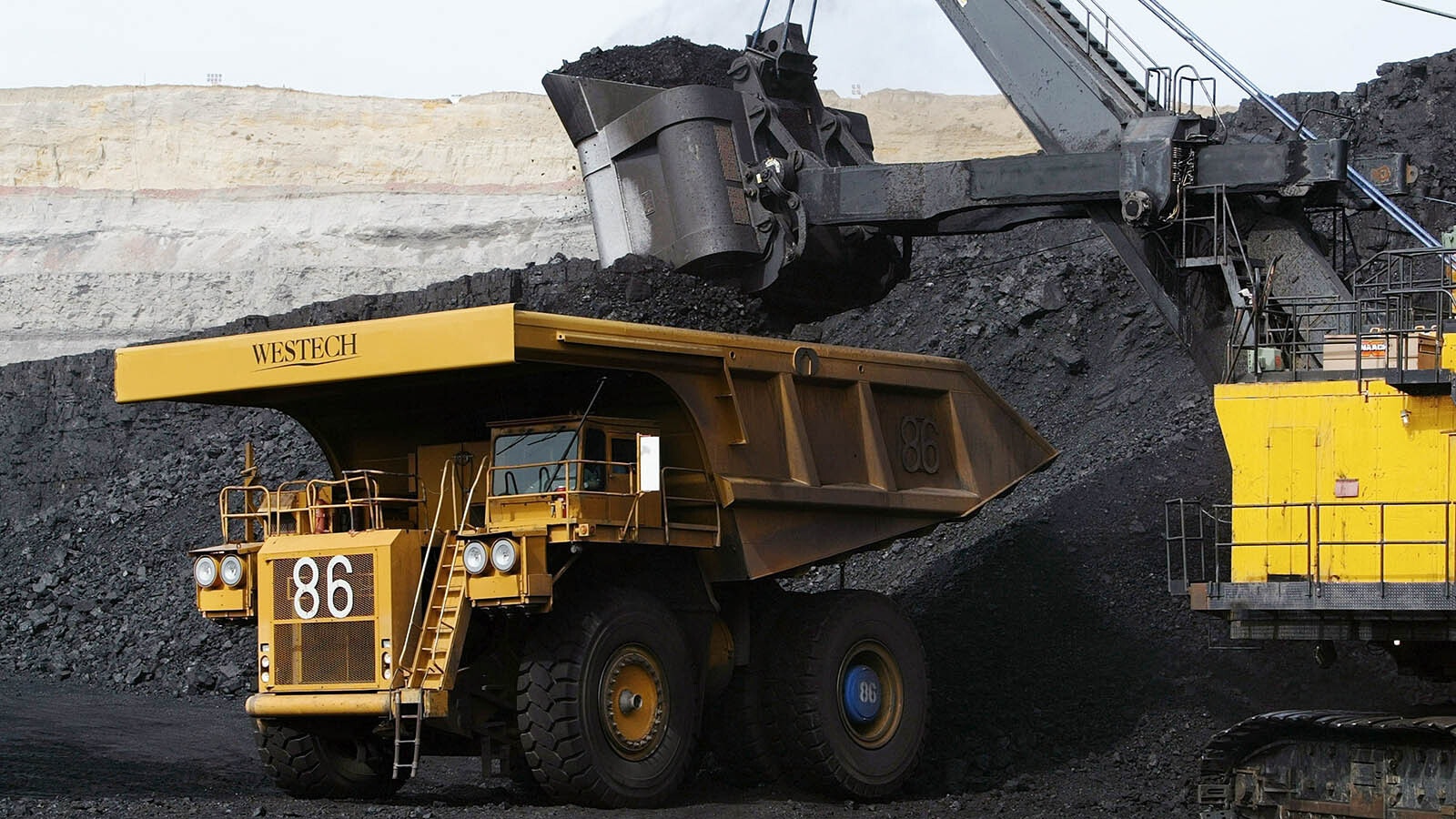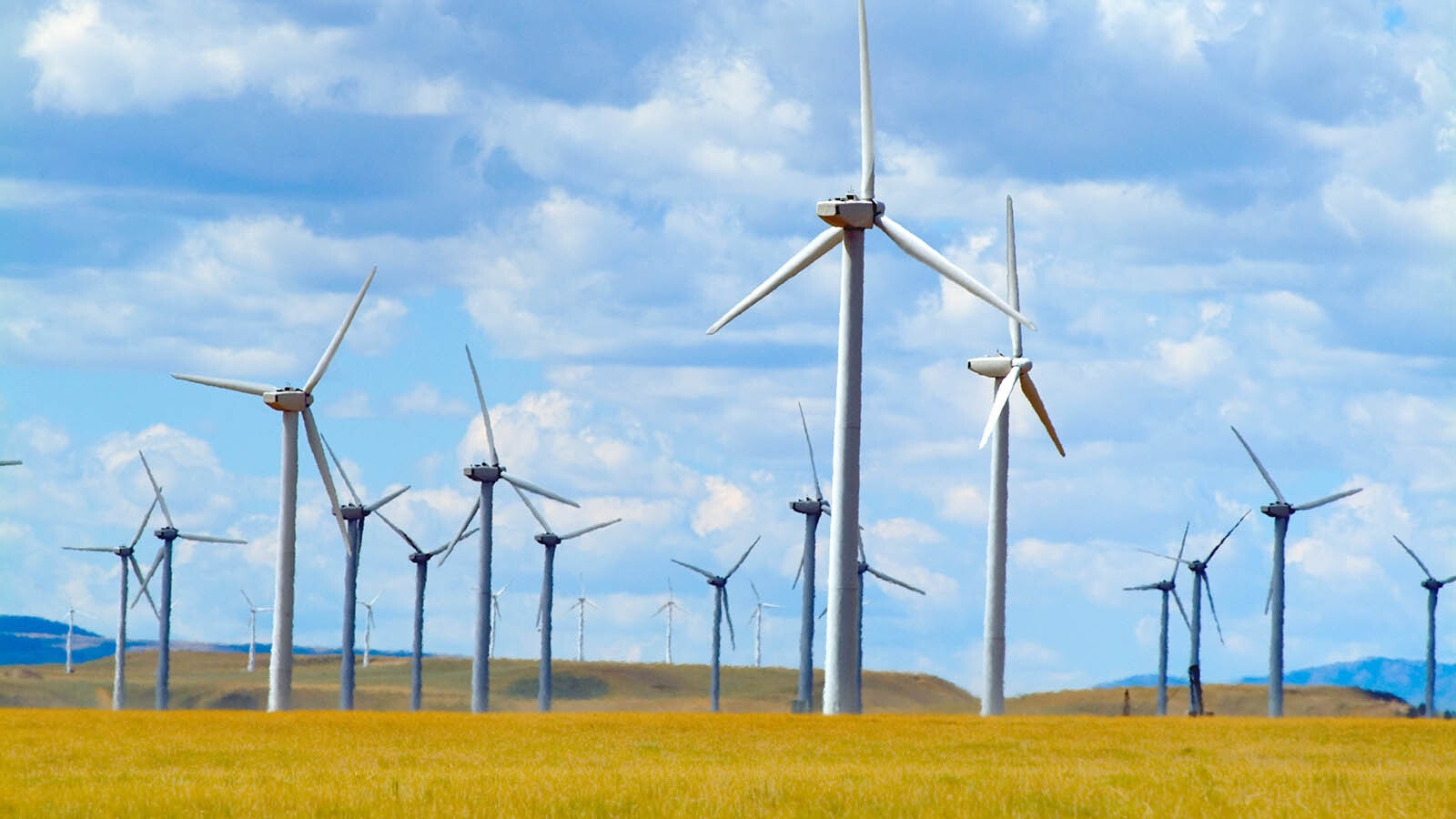Some residents of southeastern Wyoming feel that their pristine Western landscape is being sacrificed in the name of wind energy for West Coast states, with little concern for the impacts to the people who live here.
A recent opinion piece by Gavin Maguire, global energy transition columnist for Thomson Reuters, appeared to demonstrate this attitude a little too clearly.
Maguire praised the 728-mile TransWest transmission line that will connect the approximately 600 turbines of the Sierra Madre/Chokecherry wind projects with out-of-state energy consumers.
“Given Wyoming’s extensive undeveloped lands and ideal wind conditions, more wholesale wind projects may emerge in the state that may further rehabilitate Wyoming’s image from coal holdout to key clean energy provider,” Maguire wrote.
Giving Up A Lot
Sen. Cale Case, R-Lander, told Cowboy State Daily that people drive through Wyoming and think it’s just an empty land that is ripe for industrial development. So, they think it’s a great place for massive wind projects.
“It just makes sense to them,” Case said.
However, he said the wind resources in southeastern Oregon are as good as Wyoming’s, and the same is true for areas of Washington. California also has lots of open space, as well as miles of coast lines with which to build offshore wind. It would seem they have plenty of areas to build wind projects to support their green energy goals.
Case said that Wyoming should be taxing wind energy more because it’s suffering the impacts of it.
“We have to get more because we’re giving up a lot,” he said.
Growing Opposition
Wind developments are running into problems when they are located in more populous regions. Energy watchdog Robert Bryce keeps a database of rejected renewable energy projects across the United States.
The number went from near zero in 2011 to nearly 600 cumulatively as of this year.
Steve Maguire, a resident of Buford, told Cowboy State Daily that county commissioners are often enticed by the tax revenues the developers promise, and that blinds them during permitting processes to the cumulative long-term consequences of all the wind development in the state.
“Everybody’s already decided what they’re going to do, and they just go through the motions in a performative way,” he said.
He said with the growing opposition to wind projects in more populated states, Wyoming is becoming an attractive place to build wind developments.
Garbage Dump
These aren’t just a few odd residents complaining.
Maguire was previously a member of a conservation group that was focused on the Laramie Valley, but the members eventually joined the Albany County Conservancy, which is dedicated to protecting Wyoming’s natural resources, historic sites and wildlife from the impacts of so much wind development.
Tyler Lawson, a resident of Albany County, told Cowboy State Daily he agrees that Wyoming attracts wind development because it doesn’t have the numbers to oppose them like other places.
It’s not just the wind farms, he said, but also the transmission lines to support them that are spreading out over the natural landscape. That energy produced here in Wyoming has to be transported hundreds of miles away, whereas a natural gas-fired or nuclear power plant can be built near the places where the energy is consumed.
If the West Coast wants wind energy, he said, why not build wind farms across all that public land in Nevada?
“Don’t screw up our landscapes,” Lawson said. “It’s easy for everybody to just dump their garbage here.”
Mad Rush
Lawson said government officials are “in a mad rush to build all these things while the money spigot is turned on,” but they’re not putting enough consideration into the future.
He’s concerned that the wind farm developments won’t be properly remediated at the end of their lifespans.
County and state permitting guidelines require a decommissioning plan, but it will be decades before anyone is sure that these regulations are adequate enough to properly remediate the impacts.
“I doubt it’s enough,” Lawson said.

